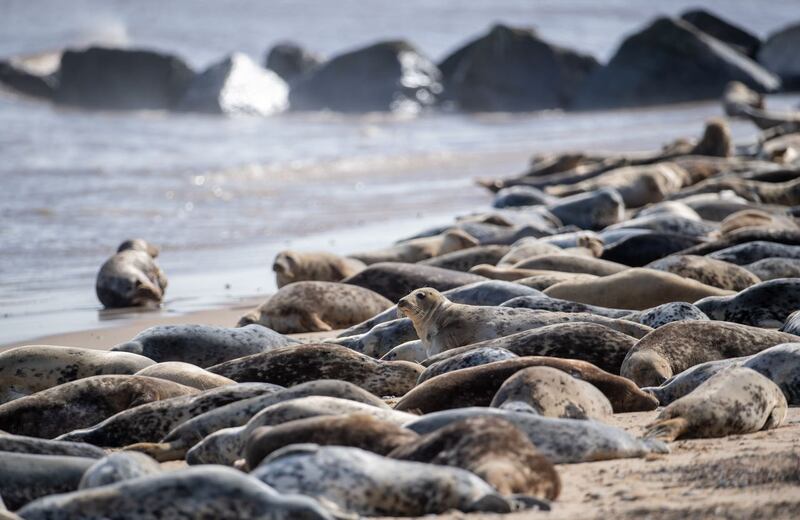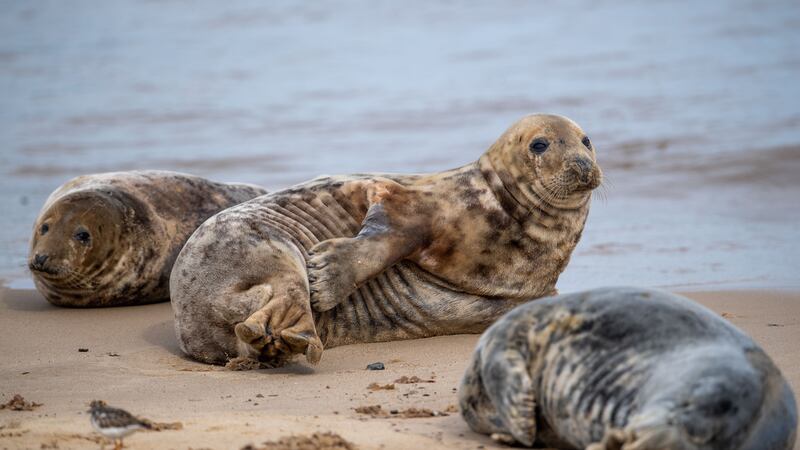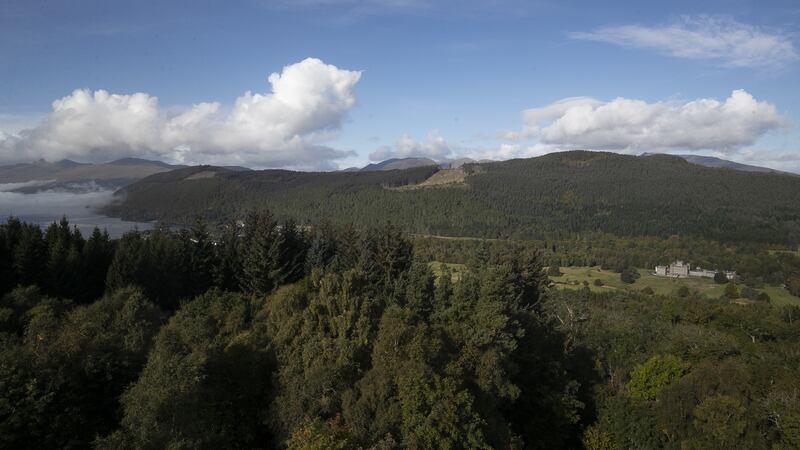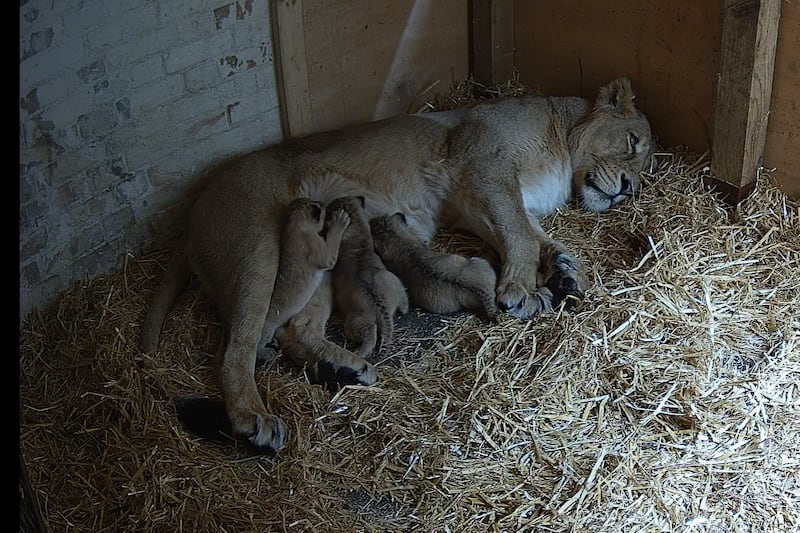A colony of seals has gathered on a beach to moult their worn-out fur and grow new waterproof coats in an essential part of their life cycle.
Some 2,500 Atlantic grey seals have spread out across the sands at Horsey, 12 miles north of Great Yarmouth in Norfolk.
They must stay out of the sea to minimise heat loss while the new fur grows, and they huddle together in large groups to conserve energy.
Seals have a layer of blubber beneath their skin, a coat of densely packed inner fur that retains warmth and longer coarser outer hairs that keep them waterproof.
As the year goes on, this fur becomes damaged by parasites and they must grow a new coat every spring.
It is thought they will be on the beach for six weeks, according to the Friends of Horsey Seals volunteer group, which has wardens on the beach to answer visitors’ questions and to ensure the seals are not disturbed.

David Vyse, of Friends of Horsey Seals, said: “It’s really important that the seals aren’t chased into the sea or unduly disturbed by visitors.
“If seals are cornered and feel threatened, people or dogs could be bitten.”
He said that the annual moult is a “wonderful sight and well worth seeing”, but urged people to stay at least 10 metres away from the seals and to keep dogs on leads.








